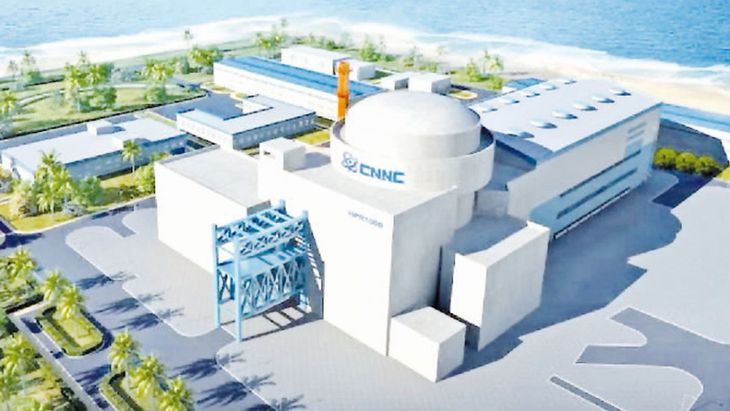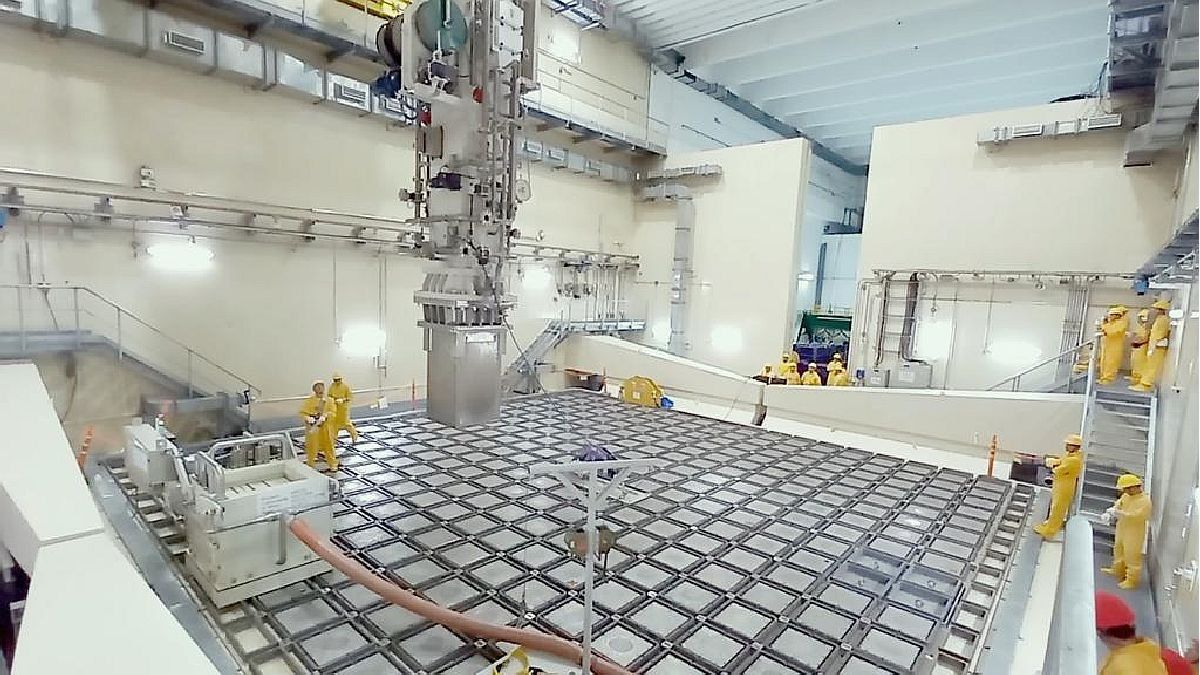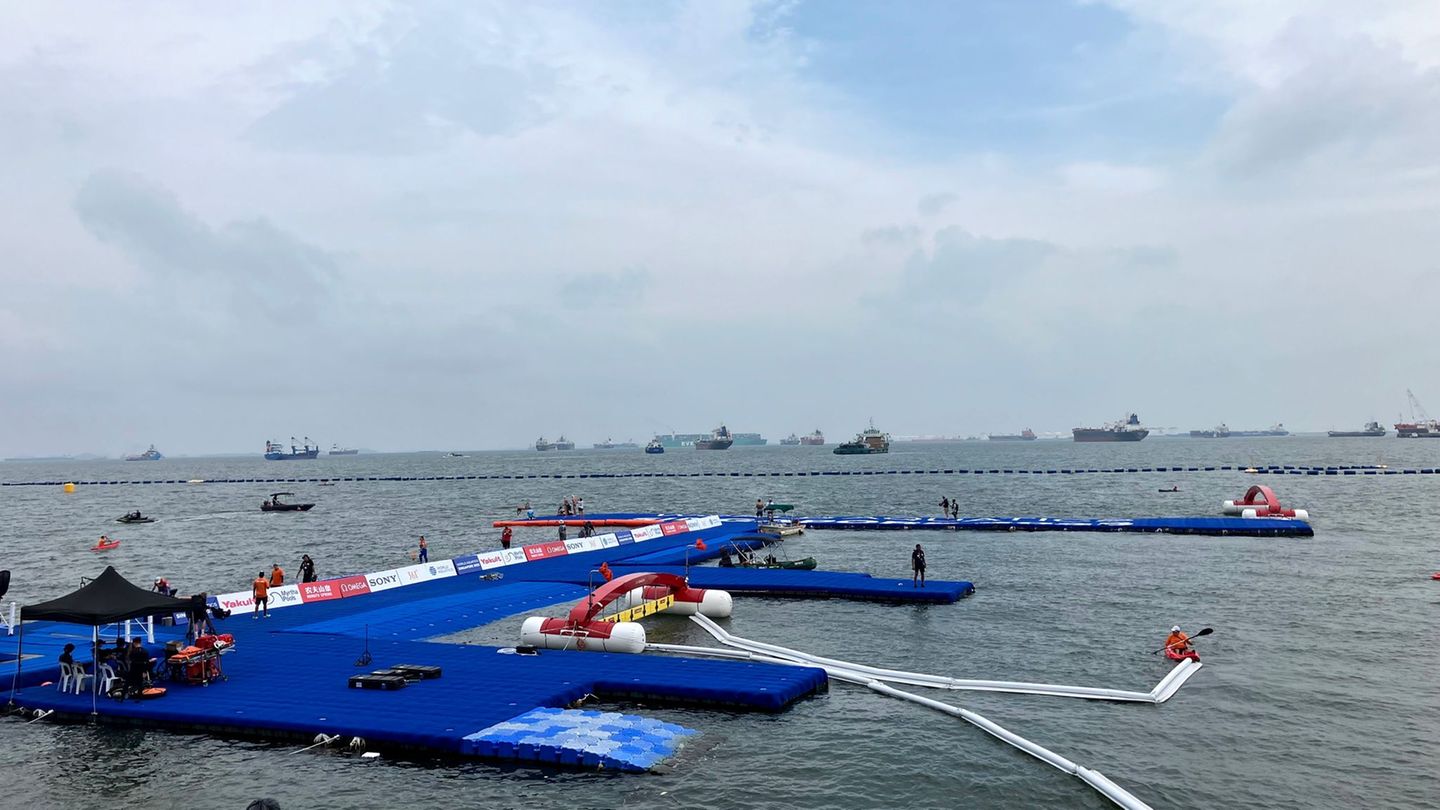These movements, eminently geopolitical, confirm the early view of investors: technological projects on nuclear fusion and fission have had an excellent 2021 in terms of attracting funds. Thus, according to a prospective study carried out by the Crunchbase platform on investment in nuclear projects, last year venture capital firms have raised more than $3.4 billion to finance nuclear technology, both related to the fission of the atom and to fusion. Let us remember that atomic fission (current technology) produces energy from the separation of an atom, while fusion (technology under development) does so by forcing the union of atomic nuclei.
atucha.jpg
Argentine nuclear power plant
It is necessary to put what is happening in a historical dimension to understand its magnitude. It should be remembered that nuclear energy came to mean more than 15% of the world’s electricity generation in 2006. Fukushima nuclear accident (Japan) in 2011, caused by a tsunami, ended up placing atomic energy in a very uncomfortable place, which had already generated mistrust since the Chernobyl disaster (USSR, 1986): both accidents, beyond their unique characteristics, fueled the representation of the apocalypse in the people and pushed the governments of many countries not only to reject an escalation in the development of this industry but even to take many operating nuclear plants out of active service. It is important to point out that the 2011 tsunami in Japan had a balance of 19,000 dead, of which none were reported due to radiation derived from the Fukushima Daichi reactors.
At that time, central and influential nations such as Japan and Germany – the world’s third and fourth largest economies – gave nuclear energy a thumbs down. The Germans went from producing 163,000 gigawatt hours in 2005 to just 64,000 GWh in 2020 (approximately 11% of their total electricity demand): 30 reactors were closed, leaving 3 operating plants. Japan, which in 2011 covered 30% of its electricity demand from its nuclear reactors, has been reducing this source of generation since Fukushima until it represented only 6% of the total electricity supply in 2019. At present, the production of electrical energy from a nuclear source reaches only 10% of the world’s supply.
Beyond Europe and the case of Japan, both the United States and China remained expectant after Fukushima regarding the escalation of their nuclear projects: the balance began to weigh more on the side of recovering and increasing atomic production capacity when both energy prices and demand put pressure on competitive decisions: neither of the contenders cares as much about the environment as about their pre-eminence in international society, and having sufficient, proprietary and technologically sovereign energy sources are essential to sustain these projects of power.
ATUCHAIII.jpg

Today we find a series of firms and projects that are more highly regarded than years ago, developing modular nuclear reactors and/or researching and seeking technologically the possibility of making nuclear fusion a commercially viable alternative. Companies such as Terra Power, General Fusion and NuScale Powerwhich have obtained more funds and more time to achieve their goals: as an example, behind Terra Power, a firm based in the State of Washington (United States), there is Bill Gates and the South Korean chaebol SK Groupfinancing the development of natruma new technology of small modular reactors (SMRs), with a generation capacity of 345 megawatts -traditional reactors in the United States produce around 1000 megawatts-.
For its part, China is betting heavily on reducing its energy dependence on coal and achieving carbon neutrality by 2060. In this sense, the government has approved this year the construction of 6 more nuclear reactors, which would add to the current 53 nuclear power plants in operation on the mainland. This would allow it to scale from the 55 gigawatts produced today to 70 GW by 2025. Capacity is also expected to grow further to between 120 and 150 GW by 2030, which could be enough to overtake the US and France. , leaders in nuclear energy production (China is the third).
To highlight, the signature China Huaneng Group has brought into operation for the first time a 200-megawatt SMR in Shangdong province that uses helium instead of boiling water to produce power, thus paving the way for a fourth generation of nuclear reactors. Among the countries that accompany this path of development of SMR’s Russia, France, the United States, Canada, South Korea, the United Kingdom and Argentina stand out, in the latter case with a plant under construction, the CAREM reactor, located adjacent to the Atucha plant with a capacity of 25MW.
In this renewed context, both Germany and Japan once again looked favorably on nuclear energy. Thus, in the German case, the decommissioning of the three reactors still in operation has been postponed and the resumption of operation of some of those that were stopped in the past is being evaluated. While Japan, pressured by high gas prices (source of 37% of its current electricity supply, 99% imported) and the high use of coal (32% of its electricity generation), is also gradually recovering its old atomic provision: it has announced the construction of 2 new reactors (Ohma and Shimane 3) and, in light of the war between Ukraine and Russia, it would accelerate the restart of 9 units for next winter plus another 7 for the summer of 2023 .
It is essential then, in this scenario, that from a national perspective the Argentine industry related to nuclear energy remains competitive and “on guard”, since the return of the “villain” presents an excellent opportunity to generate wealth and development: our country is part of the small club of nations in the world with technological capabilities in the nuclear field and that is a very relevant asset for what is to come in the coming years. You have to take advantage of it.
Analyst of international economic relations, technology and geopolitics. Author of the book “5G, The Technological War of the Century”, on Twitter @G_Balbo
Source: Ambito




